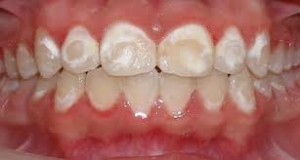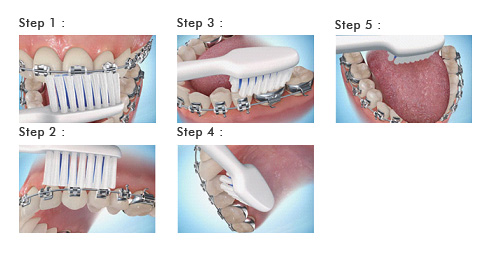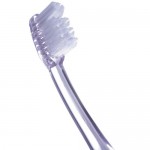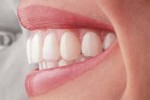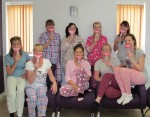Throughout your life it is very important to keep your teeth! Teeth are necessary for chewing (mastication), this is where the teeth grind, tear and cut food ready for swallowing. Without your teeth, chewing will become very difficult, so make sure you keep your teeth as long as you possibly can!
Oral Hygiene
One very important thing that should be part of your daily routine is cleaning and flossing your teeth. This will help maintain your healthy smile.
Brushing tips
-First of all, choose a medium bristle brush or an electric brush and a toothpaste containing fluoride. (Fluoride has been proven to prevent cavities).
-Brush after every meal (3-4 times daily). One of those times should be just before you go to sleep on a night. Brushing too hard can damage your gums causing recession.
–Brush your teeth for a minimum time of two minutes each time. A top tip is to brush whilst listening to a song and by the time the song has finished, you’ll have done your two minutes of brushing.
–Roll or flick the brush so that the bristles move out from under the gum toward the biting edge of the tooth. This helps move the plaque out from under the gum line.
-Use interdental brushes twice daily to remove debris from in between your teeth.
-Use a fluoride mouthwash once a day on a separate occasion to brushing.
Bad oral hygiene will result in decalcification!!
The diagram below shows decalcification!
Decalcification simply means loss of calcium from the teeth. It occurs with poor cleaning and a bad diet leaving plaque to sit and built up on the teeth. This allows the acid in the plaque to sit on the enamel, resulting in the calcium being drawn out of each tooth. The calcium makes the enamel strong and with out it, it will become soft. This is irriversable as it is the early stages of decay.

Good diet?
A good diet is very important to help keep your teeth healthy. A poor diet can lead to gum disease, tooth decay and bad breath (halitosis). Try avoiding acidic food and drinks as each time you eat or drink, your teeth are under attack for up to one hour! Sugar reacts with bacteria in plaque and will cause harmful acids that will attack your teeth and may result in decay or decalcification. Therefore you need to make sure you have a balanced diet.
Acidic food and drinks causes damage to your teeth (decay/decalcification). Acid wears away enamel on your teeth and leaves dentine uncovered, your teeth are then more prone to decay. Tooth decay can lead to fillings in your teeth or even extractions (removal of teeth).
Any food or drink with a PH level lower than 5.5 is a danger as it has a potential of causing damage to your teeth. Here are some examples:
Examples to avoid are:
- Vinegar PH 2.0
- Red wine PH 2.5
- Cola PH 2.5
- Pickles PH 3.2
- Grapefruit PH 3.3
- Orange juice PH 3.8
- Lager PH 4.4
Examples of healthier snacks are:
- Cheddar Cheese PH 5.9
- Celery PH 6.5
- Milk PH 6.9
- Breadstick PH 7.0
- Mineral Water PH 7.6
- Walnut PH 8.0
- Carrots PH 9.5
The best drink to have throughout the day is water or milk and to drink as little red wine and fruit juices as possible as they have a much higher risk of causing damage to your teeth. Try to drink fruit juices or anything very acidic at meal times to minimise the acid attacks on your teeth throughout the day.




